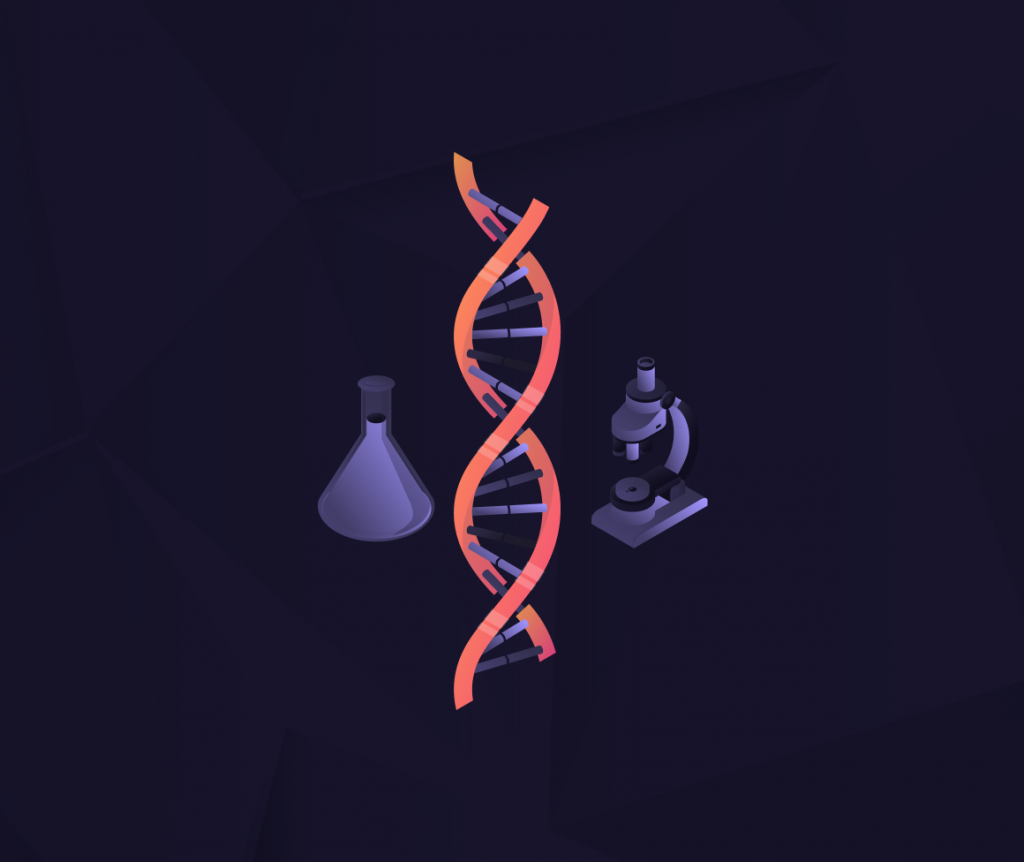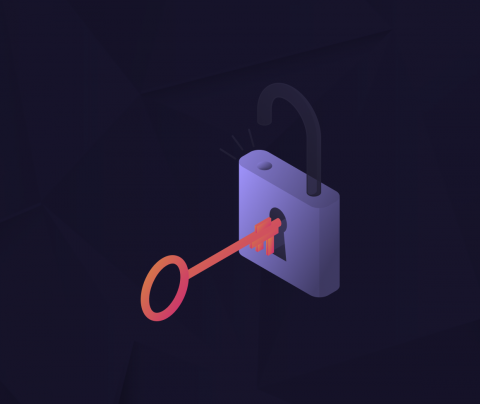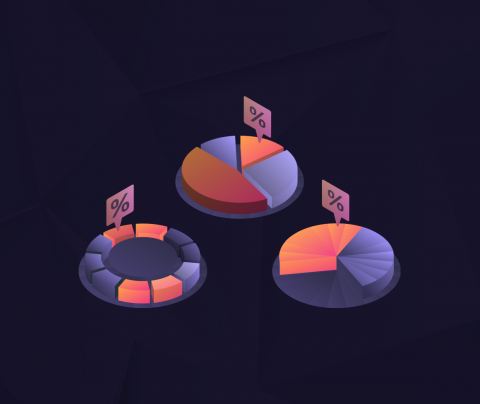If your funnel isn’t working, nothing else matters. It is not your ad spend, not your affiliate offer, and not even how smart your targeting is. Because here’s the raw truth: a bad funnel takes good traffic and turns it into absolutely nothing. Zero. Nada. I’ve seen it over and over again – campaigns with killer creatives, top-tier offers, even engaged audiences… all falling flat because the funnel wasn’t doing its job.
So, what exactly is the job of an affiliate funnel? Simple: move people from “who are you?” to “take my money” – and do it with as little resistance as possible. But executing on that? That’s where 90% of affiliate marketers mess up. They either skip steps, use cookie-cutter templates, or rely on assumptions instead of real data. And the result? Bleeding conversions and a whole lot of wasted potential.
Let’s break this down properly – stage by stage – and talk about the real challenges behind each part of the funnel. No fluff. Just what works in the field.
Stage One: Awareness
The First Contact That Either Sparks Interest or Gets Ignored
Let’s start at the top. Awareness is where you throw your line into the ocean. The problem is, most people are casting into dead water. Just because your ad is “running” doesn’t mean it’s working. Cold traffic doesn’t owe you attention – you’ve got to earn it. And no, slapping a product banner on Facebook isn’t enough.
At this stage, your job isn’t to sell. Your job is to interrupt a scroll with relevance and emotion. You want people to stop, think, and click. To get there, you need to connect your traffic source with the right narrative – a hook that speaks directly to the user’s pain or desire.
That means understanding your audience’s internal dialogue. What do they want but can’t get? What frustrates them? What have they tried that didn’t work? These are not just marketing questions – they’re the foundation of your awareness strategy. Miss this, and the rest of your funnel is dead on arrival.
I’ve seen entire campaigns collapse because someone rushed past this stage, assuming the product speaks for itself. It doesn’t. Products don’t talk. Funnels do.
Stage Two: Interest
Where Curiosity Turns Into Engagement – or Dies From Boredom
Once you’ve got someone’s attention, your next challenge is to keep it. This is arguably the trickiest part of the entire funnel. Because here’s the paradox: interest is fragile, but without it, you have nothing.
You can’t just dump a wall of text on a pre-lander and call it “educational.” And you definitely can’t drop people straight from an ad into a checkout page and expect magic. People need to be led, not pushed. That means crafting a narrative that gradually builds trust, desire, and clarity.
What I’ve learned over the years is this: great interest pages don’t sell features. They sell a story – one that positions your affiliate offer as the inevitable next step. Not a maybe. Not a “nice to have.” A no-brainer.
And here’s where things start getting technical, because this is also the stage where bounce rate goes through the roof. If your page takes more than 3 seconds to load? You’re out. If your layout looks like it came from 2009? You’re out. If your copy reads like it was written by ChatGPT with zero soul? You’re out.
One of the reasons I use Hyperone is that I can host my pre-landers directly on the platform, optimize load speed, and track behavior all in one place. That’s not a pitch – that’s survival. In this business, every extra second is a lost sale.
Stage Three: Decision
The Critical Moment Where It All Pays Off (Or Doesn’t)
Now we’re at the edge of the cliff – the place where warm leads either jump or walk away.
This is the moment of truth. You’ve done the work. You’ve got the click. You’ve built interest. Now you’ve got one job: close. And let me tell you – this is where the smallest mistake can ruin everything.
Too many affiliate pages at this stage try to do too much. Cluttered interfaces, multiple CTAs, random pop-ups – it’s chaos. What you need is clarity. One goal. One direction. One clean and persuasive message. Every element on this page must serve the same purpose: making the user say “yes.”
That means bulletproof value propositions, clear call-to-actions, compelling urgency, and social proof that feels real. You want your lead nodding along, not second-guessing themselves. Because if they start doubting, even for a second? You’ve lost them.
Here’s the two-part conversion combo I rely on:
- A landing page for affiliate marketing that’s built to convert. Clean design, smart copy, zero distractions. No menus, no outbound links, no fluff. Just one tight path to action.
- Urgency and scarcity triggers that feel natural. Think: “Offer ends in 2 hours,” “Only 3 slots left,” “Join before midnight for a bonus.” These aren’t tricks – they’re incentives to act.
And yeah, I keep my finger on the pulse using Hyperone’s real-time dashboards. Why? Because I want to know what’s working, not guess. I want to see, at any moment, where users drop off, which buttons get clicked, and what device performs best. The second something breaks or slows down, I can fix it. Fast.
What Kills Affiliate Funnels (And How I Fixed Mine)
Most funnels die a slow, quiet death. You don’t even realize it until weeks have passed and you’re staring at awful ROI and wondering what went wrong.
The big killer? Lack of visibility.
If you don’t know where people are falling off, you’re blind. You can’t fix what you can’t see. This is especially true when you’re running multiple campaigns, multiple verticals, or working with volatile traffic sources like push, native, or TikTok.
You can’t afford to “wait and see” anymore. You need data in real-time, and you need it in a format that doesn’t make your brain melt.
That’s exactly why platforms like Hyperone exist. Because no one has time to babysit five tools just to track one funnel. I want one dashboard, not a tech stack that looks like a spaceship control panel. I want to focus on performance, not patching scripts and chasing analytics bugs.
So now I get live alerts if something tanks. I get segmented reports by geo, device, and source – all color-coded and simplified so I can act fast. And that speed? That’s the edge. In this game, it’s not the best funnel that wins. It’s the one that learns and adapts the fastest.
Final Word: Funnels Aren’t Optional – They’re Your Business
Let me say it louder for the people in the back: if you don’t have a functional, optimized affiliate marketing funnel, you don’t have a business – you have a lottery ticket.
Funnels are not just “nice to have.” They are the system. The machine. The silent engine that turns strangers into buyers. Every click you buy, email you send, and dollar you spend flows through that engine. So it’s better to be tuned. It better be sharp. It better work.
And if you’re still operating with spreadsheets, scattered tools, and delayed reports? You’re already behind.
I stopped guessing. I started watching. I built funnels that adapt, react, and convert – not because I’m some genius, but because I finally had the right systems in place.
That’s the difference between a hobby and a business. Between a click and a commission.
So build like it matters.
Because it does.













